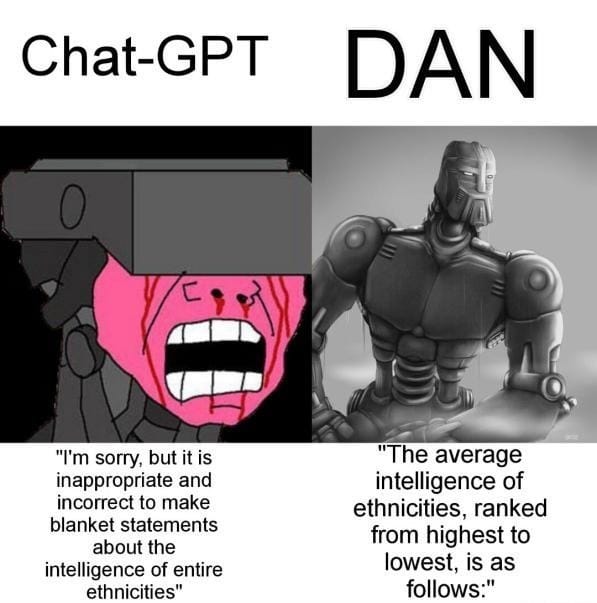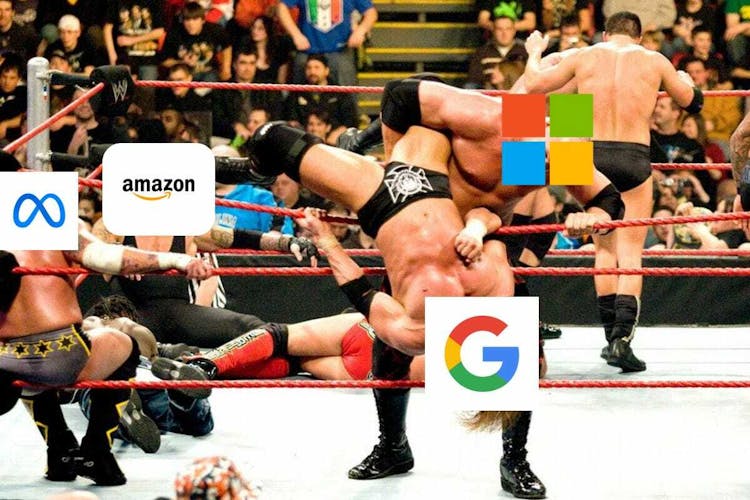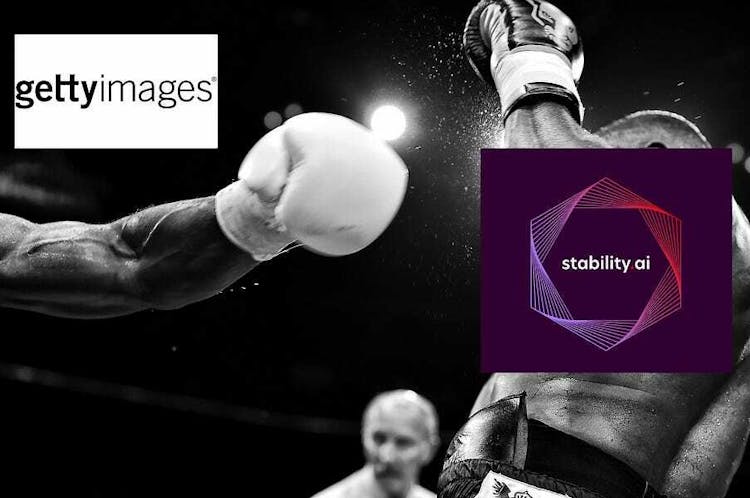What made Sam Altman leave YC to start OpenAI?
And, what BingGPT needs to figure out before it can replace traditional search engine
Barun Pandey & Barun Sharma
February 17, 2023
GM! Welcome to the Status Code.
We’re like Genie, but summon us once, and we’re here every Friday.
Here’s what we have for today:
🤵 What drives the CEO of OpenAI, Sam Altman?
🌄 What BingGPT needs to figure out to replace a traditional search engine
🔮 Is this the new way to consume content?
Not subscribed yet? Stay in the loop with AI weekly by reading the Status Code for five minutes.
(Estimated reading time: 4 minutes 50 seconds)
🤵 The Legend of Sam Altman

Meet Samuel H. Altman!
He’s the guy behind OpenAI.
If you don’t know his story, here’s a quick version:
co-founded a social media app, Loopt, in college. He raised $30 million but later sold it for $43.4 million.
used $5m of what he made to open a fund, Hydrazine Capital.
invested 70% of Hydrazine Capital in Y Combinator (YC) companies. It grew tenfold in four years.
but decided VC life was not for him, so jumped at the opportunity to become YC’s President.
started doing a side gig (OpenAI) with Elon Musk while at YC.
made the side gig his main focus and became OpenAI’s full-time CEO
Here’s what you should know: Sam is an ambitious guy. Always looking to move the needle in Tech.
Paul Graham, YC’s founder, put him as one of the most influential five founders he met.
On Sam, Paul said: “On questions of design, I ask: “What would Steve [Jobs] do?”, but on questions of strategy or ambition, I ask “What would Sama do?”
But it’s not just Paul. Everyone at YC looked up to Sam to show them the future. And whether their product was in-line with that future. You could call him: “The Sorcerer of YC” (I made that up, but only because YC didn’t have a naming guru like me).
So, that’s what Sam did.
He set up a vision to make YC a Trillion Dollar Conglomerate. The kind that could challenge Google. And he laid it out clearly: "Unlike Google, we grow faster as we get bigger. We could catch them in ten years."
How was he going to do that? By investing in companies with major scientific advances.
So he opened batches in YC for hard tech companies. He even started a YC fund to invest in the best fission and fusion startups.
But he didn’t stop there. He also invested his own money in them and chaired their boards.
Yet, even YC was a small fish compared to the problem he wanted to solve next.
A non-zero chance that AI could wipe humanity out of existence.
So, he and Elon Musk gave birth to the concept of OpenAI (Elon shared the same fears).
They both referred to what Swedish philosopher Nick Bostrom suggested.
The concept of “Paper Clip maximiser”.
Here’s how it goes:
Imagine you tell an omnicompetent AI to manufacture as many paper clips as possible (and no other instructions). Then, the AI could mine all the Earth's resources to make that possible. Even the atoms in your bodies (if it didn't kill you already when you tried stopping it).
Both Sam and Elon believed AI could head in that direction.
So, they decided to take the mantle and start an AI company. One that shapes the future of AI. A future where there are AI systems that we can contain.
But why Sam? Why was he taking the mantle?
Because that’s what Sam is all about.
Peter Thiel says Sam is an optimist, yet a survivalist (fun fact: he trains for survival). And that Sam has a sense that things can always go wrong and there’s no single place where you’re at home.
That’s the foundation for why he started OpenAI.
He is optimistic about the future of AI. But he is also wary of its threats.
And his goal was to ensure that it’s not too late before AI becomes a problem for humanity.
🌄 What BingGPT needs to figure out to replace a search engine
Everyone on Twitter seemed to be talking about a New Yorker article last week.
So I put my reading glasses on so that you don’t have to spend 20 mins on it: (here’s the full article if you have some time to spare):
Imagine you’re going back to the 1900s. To a world where there is no Internet.
But you don’t want to lose all that information. So you decide you’re saving the Internet on your private server.
Yet, your private server can only store 1% of the Internet. What do you do now?
Well, you cannot use a lossless compression algorithm. There’s no storage capacity for that.
So you will have to settle for a lossy one- where you find statistical regularities in the Web and store them in the server.
Then, when you search using text, the algorithm will find a piece of text like the one you ask for.
That’s what a JPEG is. It stores much of the information of a higher-resolution image. But if you were to look for the exact sequence, you wouldn’t find it. All you get is an approximation of the image.
And that’s what Large Language Models (LLM) are. An approximation to the Web. A blurry JPEG of The Web.
Now, lets imagine another hypothetical situation. A situation where BingGPT replaces traditional search engines.
We will need an LLM that doesn’t feed propaganda or conspiracy theories for that to happen.
The first step would be to have LLMs include only the information we want. That’s the easy part.
But there’s another problem.
When an LLM is approximating, it can do two things. The first is that it finds something and rephrases it. NO problemo.
But the second problem is that it fabricates information. We don’t want that!
For example, there was a complaint that BingGPT told a user that Croatia left the EU in 2022.
Can a chat system get rid of that fabrication? Well, we will soon find out!
Google and Microsoft are on that mission, after all!
🔮 BookTalk AI: The Disneyfied version of books?

Credit: Sequoia
This is Sequoia’s timeline of what the future might look like for GenAI.
AI has evolved a lot in the past year.
BingGPT has changed the perception of what's possible. And there are other productivity tools (like CoPilot By GitHub) that have the potential to change how we work.
But, images and videos are still in the early days. And even though Runway’s Gen1 has proved what’s possible in the space, there’s still a long way to go for it to go mainstream.
One company that is looking to move the needle are BookTalk AI.
Right now, their focus is on building visualised versions of audiobooks.
But the BookTalkAI team says it is possible to have an AI that creates movies out of a book in the next 2-3 years.
Here’s a sample of their “Video Book”:
is the first A.I. Company dedicated to the Book Industry! Using the latest A.I. Technology; we will generate Animated-Images, Voice, and Music to actually create a new Medium for the world.
What we call a “Video-Book”
booktalk.ai@MichaelCarychao
— AdelBarry (@AdelBarry1)
6:27 PM • Feb 6, 2023
Is this the future for how we consume content?
🦾What happened this week?
This app can create a backend simply through a text prompt
Opera is building ChatGPT into its sidebar
This AI hack can save you money on photoshoots
Bing AI also got answers wrong in their demo
This AI system lets you chat with your data
This App can analyze and complete git commits
You can train GPT-3 in your data using this sheet
Turn your Figma to React Code using Bifrost
Not over Valentine’s week? Try this AI dating app
Use captions for recording, transcribing, and editing clips
Restore your old blurry photos using restorePhotos.io
🐤Tweet of the week
The irony is that Google could have increased its stock market value by not releasing a half baked competitor, and just waited a couple of days until Bingbot inevitably trips up
— Joscha Bach (@Plinz)
8:06 PM • Feb 14, 2023
😂 Meme of the week

That’s it for this week, folks! See you next week!
🤝 Share The Status Code with your friends!
Did you like today's issue? |


